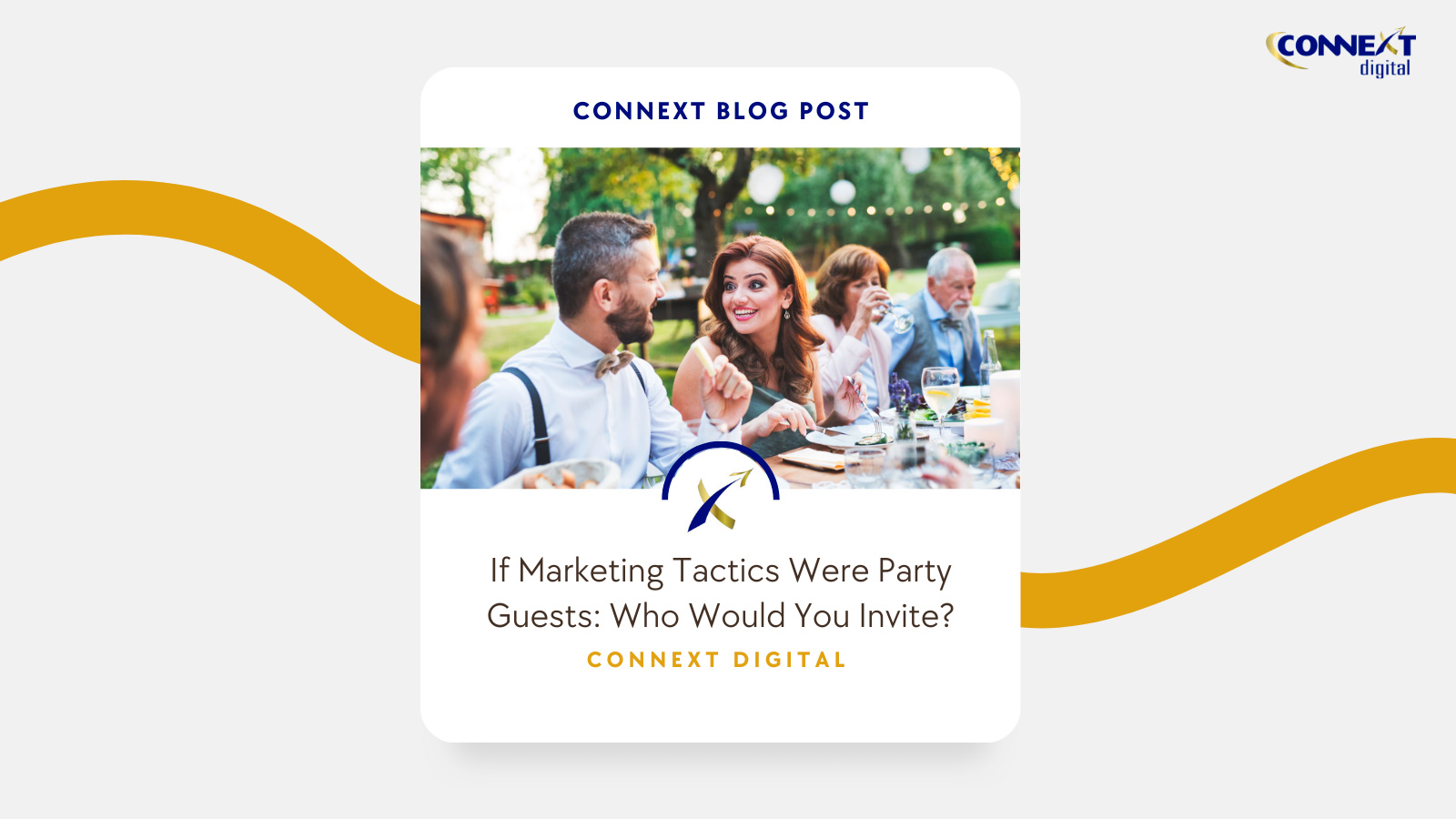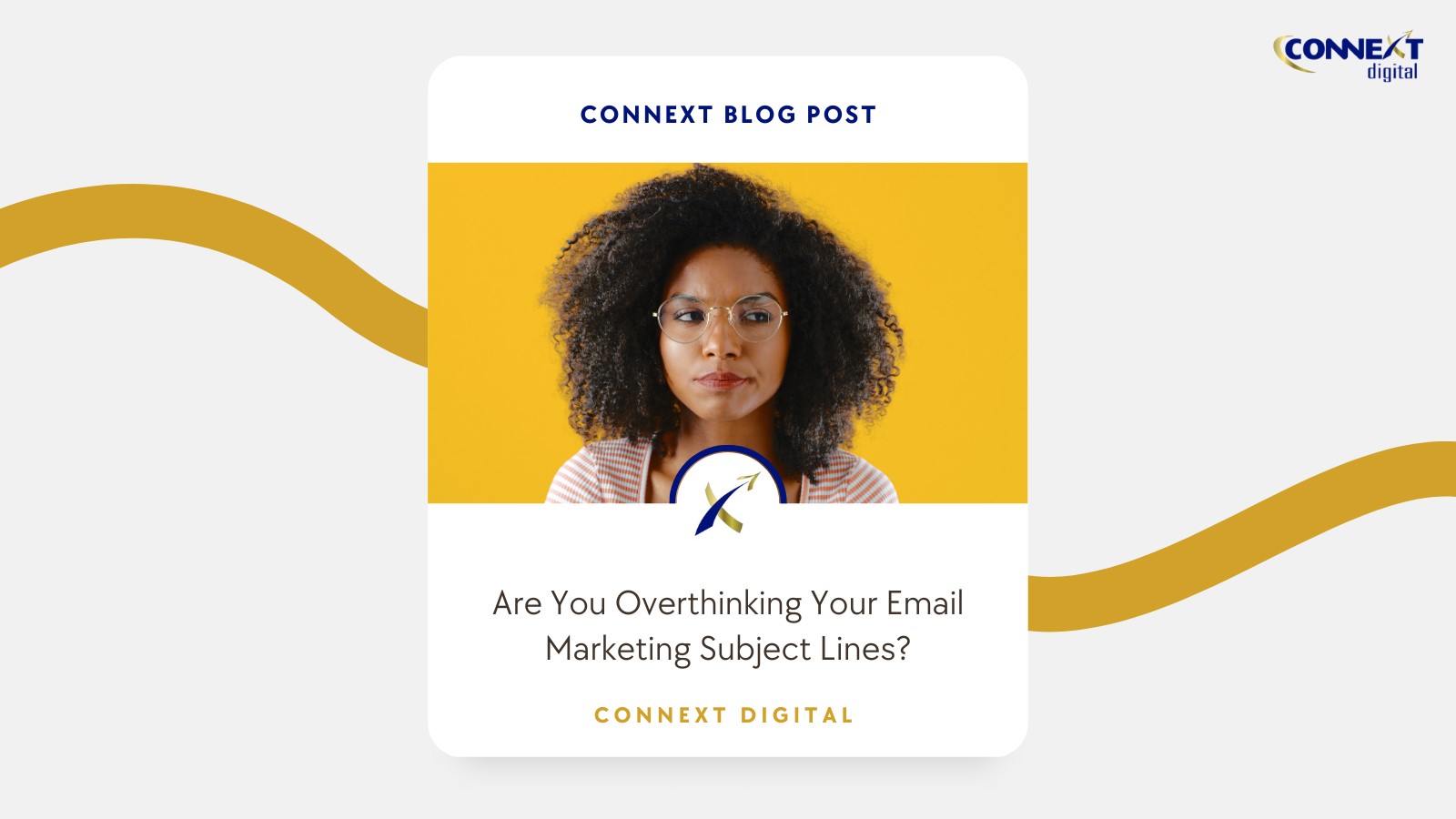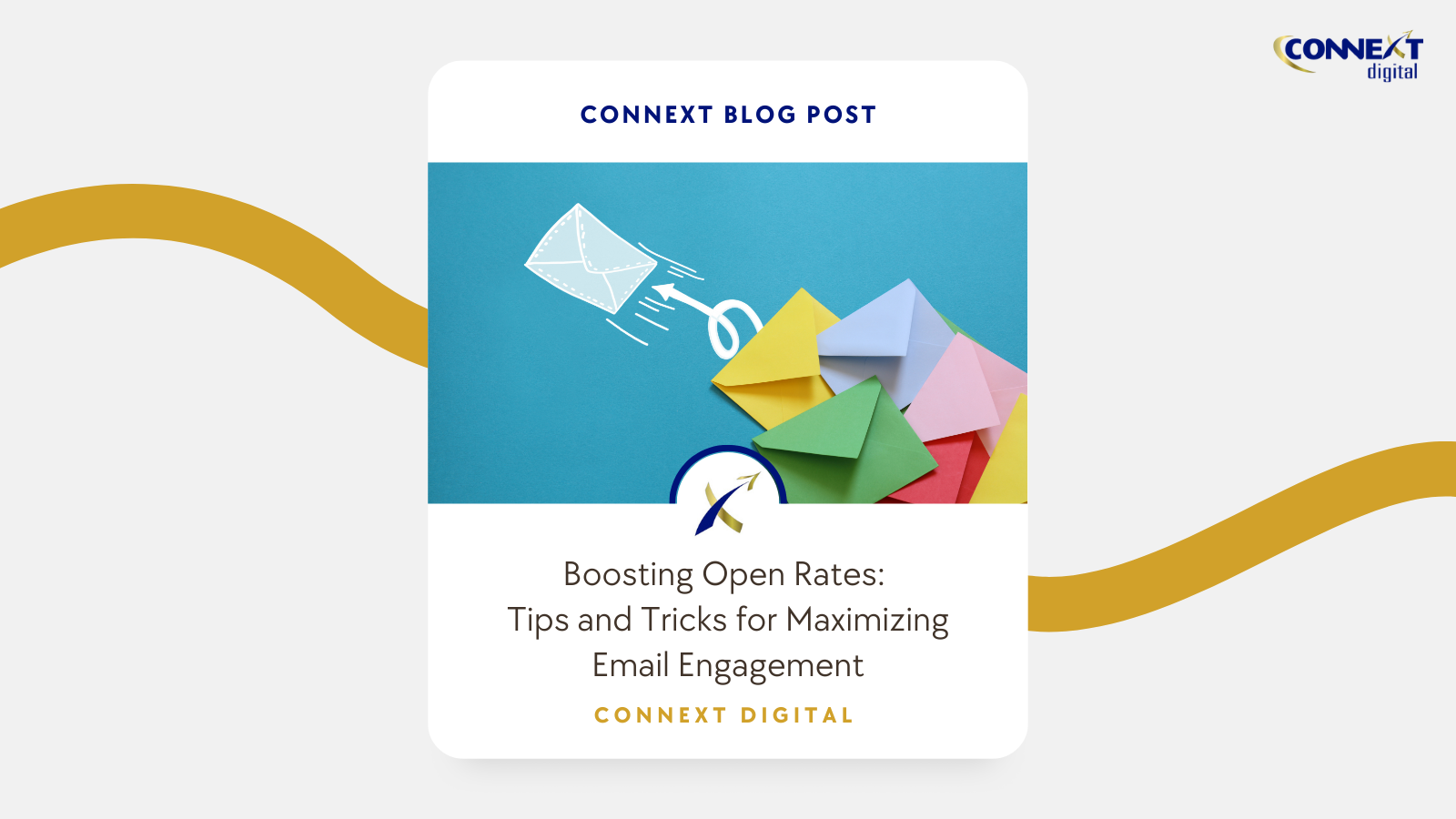
7 Powerful Tips to Re-engage Cold Leads with Email Marketing
No matter how compelling your strategy seems to be, you will encounter cold leads over the course of your lead nurturing campaign. Some of them may not be ready to convert yet, while others may not t see a strong reason to interact with you. Or, your business is becoming boring to them.
Thankfully, cold leads are not impossible to re-engage. These people already know you exist. You probably have their data already synced using something like PieSync. You just have to give them a new reason to engage with you again. A simple solution is through email marketing services.
With opportunities to cultivate a personalized customer experience, email marketing has proven to be one of the best tools to nurture and re-engage leads. In fact, marketers see a 45% increase in ROI when using email campaigns specifically to nurture leads.
So, don’t give up hope just yet. With the following re-engagement strategies, you can still rekindle the old romance with your cold leads.
Email Marketing Strategies to Warm Up Cold Leads
1. Review your segmentation
Who exactly are your cold leads? Segmentation will help you identify them.
Study your email marketing data and define who your stale leads are. Is it someone who hasn’t engaged with you in the last two months or one year? Are they previous customers who have not made another purchase from your shop, or people who visited your website but did not buy anything? These categories vary per industry.
Once you know who you’re talking to, crafting a campaign with these people in mind will be a bit easier. You will know the right words to say. You can also paint a picture that these people can relate to, instead of sending them a general email blast similar to what your engaged users would get.
2. Set up a drip campaign
Drip campaigns are a great way to set up a specific email marketing experience for your cold leads. Because the next emails they will receive will be based on their particular actions (or lack thereof), your emails will feel personal and relevant to them. This way, they won’t be lost in translation with all the other emails you send out.
A time-based drip campaign may start with one email today, a follow-up email after three days, and perhaps another after a week. If user actions trigger it, the flow may seem more personal. If your lead clicks a link on your email, you may send them more messages with the same theme. But, if they don’t do anything, you can attempt another email at getting them to act.
Both can save you a lot of time in lead nurturing. Creating a drip campaign specifically for cold leads will be more effective in getting them to engage.
3. Create an apology campaign
Emotions are a powerful marketing tool. Apologizing to your cold leads will put your brand at a relatable and personable level. Why should you apologize? Let your cold leads know that you regret not being able to satisfy their needs.
Be personal. Use first person language such as “I’m sorry.” or “We’re sorry.” But, don’t stop there – ask for feedback. “How can we improve our services?” – is a great follow-up question.
Show your customers that you are willing to listen to their voice and that you’re committed to gaining back their trust. Your sincerity can help you win their hearts back.
4. Provide educative content and be helpful
Consumers are always searching for valuable content relevant to their information needs. Since your cold leads may not be actively looking at your pages, reach out to them and share something they will find meaningful. This can give enough reason for them to open their emails and engage with you once again. Putting your consumers at the forefront always spells out great returns.
Remember that every time you put out content for your audience, always tie it back to your brand and your services. Make them see why you would be an excellent solution to their problems.
5. Personalize your messages
Nowadays, personalizing marketing content for consumers is critical, and it goes beyond calling them by their first names. In email marketing, it’s very apparent. Campaign Monitor releases data that personalized emails improve click-through rates by 14% and conversion rates by 10% on average.
Use customer data that can help you take personalization a notch further. For instance, include geographic location when sending out deals. Email segmentation can help you create different email blast groups for people living in the same area. Let’s take those who live in Florida, for example. Instead of plainly announcing an offer, mention their location in your email subject. A sample email subject could read: “Our stores in Florida are having a SALE. Are you interested?”
Knowing their transaction history can also help you craft relevant offers to entice them to re-engage. Pronouns such as “I†and “we†in your emails also add a human touch and make your brand appear approachable and trustworthy. Use this kind of wording to reach out and get to know your consumers more so you can better curate their experience later down the line.
6. Incentivize and give offers
Irresistible offers are a great way to get cold leads to take action. A popular psychological principle widely used in marketing suggests that people experience the fear of missing out, and that includes amazing deals.
You can tease your cold leads with limited promos, contests they can join, or exclusive deals on your best-selling products. Go the extra mile by giving them access to free materials, whether it’s a 30-day trial period or eBook. Give your consumers a taste of what you can provide them for a fraction of the cost.
7. Change your timing
Are you emailing too much? Perhaps you haven’t been emailing as much as you’d thought? Sleeknote says that Thursdays at 10 a.m. is the best time to send out emails – but a lot of marketers could know this too. While keeping up to date with global marketing trends are necessary, it’s essential to do some experimentation and see where your brand performs best.
Instead of always sending emails at 10 a.m., try varying it next time. Instead of daily, go for every other day or during the weekends only. Study your data to determine which times are getting higher conversion rates and adjust as you see fit.
Final Thoughts
Always assess your progress. How did your efforts do? In most cases, you’ll see improvement and activity from cold leads, transitioning them to warm or sales qualified leads. Should they remain cold, you may need to cut your losses and move on. Holding on to them may hurt your overall email marketing performance. To save you time, conduct your data cleansing to rid your database of inactive leads.
Beyond email marketing, re-engaging your cold leads means being the brand that suit their needs.





